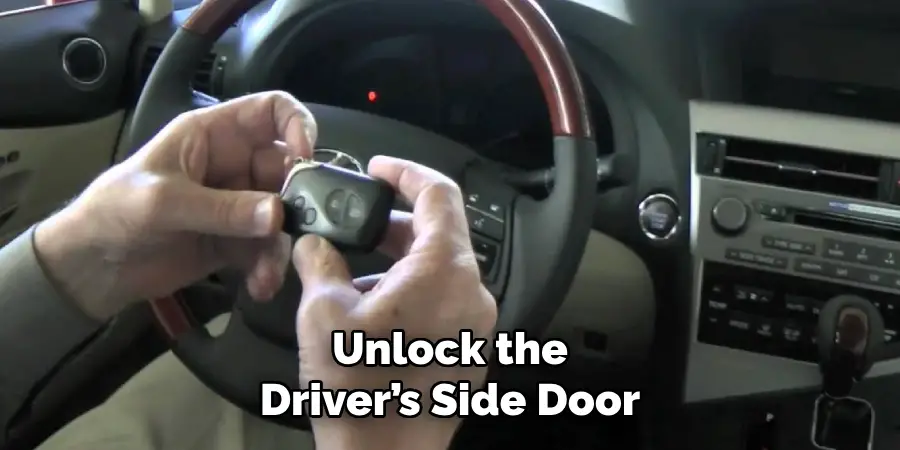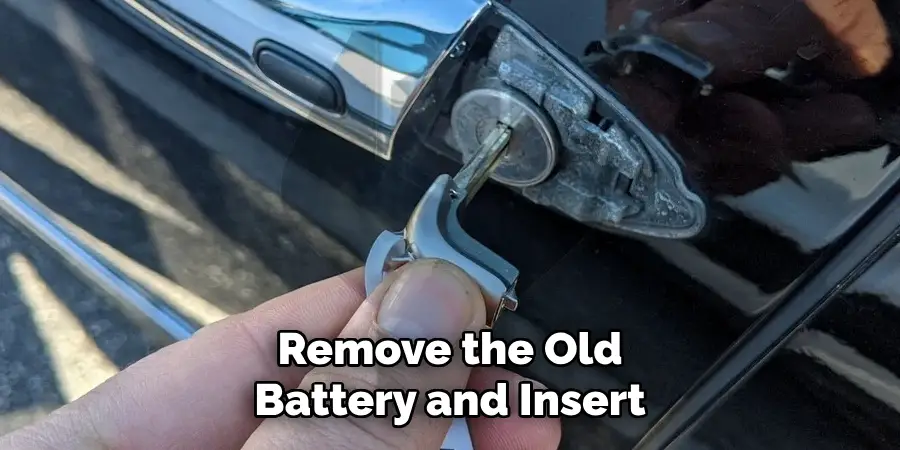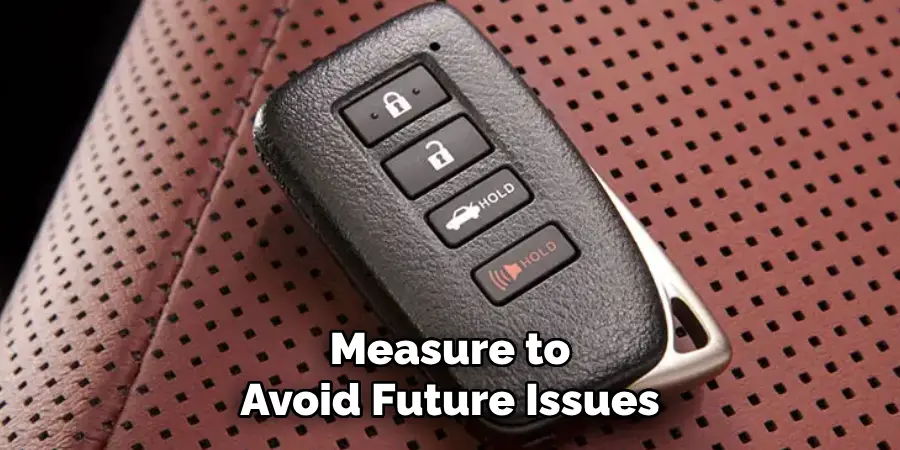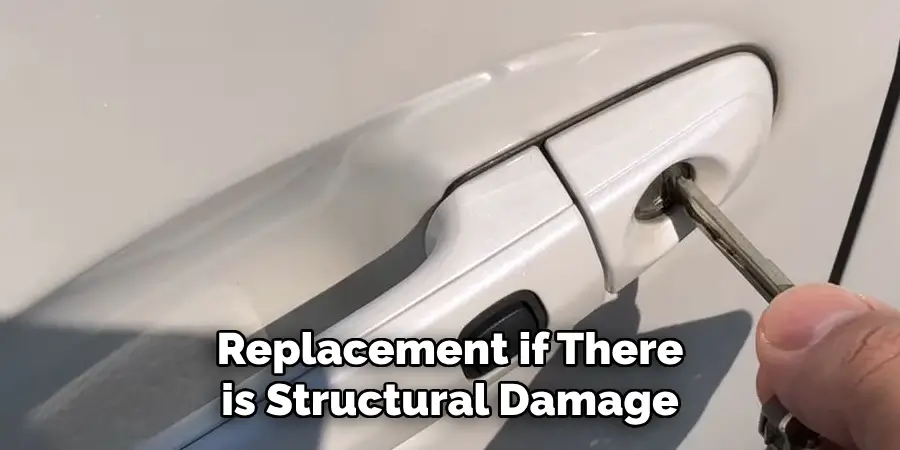If you find yourself unable to start your Lexus because the key fob battery is dead, don’t worry—it’s easier to handle than you might think. Lexus vehicles are designed with a backup system that allows you to start the car even when the key fob isn’t working properly. This guide will provide you with step-by-step instructions on how to start lexus with dead key fob.

Signs Your Lexus Key Fob Is Dead
Recognizing the signs of a dead key fob battery can help you address the issue quickly and avoid unnecessary inconvenience. Here are some common indicators that your Lexus key fob battery may need replacement:
- Unresponsive Buttons: If pressing the buttons on your key fob no longer locks or unlocks the doors, it may indicate a drained battery.
- Reduced Range: A weakening battery often causes the key fob to lose its usual functioning range, requiring you to be closer to the vehicle for it to work.
- Key Fob Light Not Working: Many key fobs have a small LED light that blinks when a button is pressed. If this light fails to illuminate, it’s a likely sign of a dead battery.
- Dashboard Warning Message: Some Lexus models display a warning on the dashboard notifying you of a low key fob battery.
If you notice any of these signs, it’s a good idea to replace the battery or use the backup system to start your Lexus while troubleshooting the fob.
10 Methods How to Start Lexus with Dead Key Fob
1. Use the Key Fob’s Hidden Mechanical Key to Unlock the Door
Even if your key fob is dead, it still contains a hidden metal key that can be used to manually unlock the driver’s side door. To access it, locate the small release button or slide on the back of the fob and pull out the mechanical key.

Insert it into the door lock (usually hidden behind a cover near the handle), turn it, and unlock the door manually. This is your first step to access the vehicle and proceed with starting it.
2. Place the Dead Fob Against the Start Button
Lexus models are equipped with a backup RFID (radio-frequency identification) system that can still detect the key fob even if its battery is completely dead. Sit in the driver’s seat, press the brake pedal, and firmly press the face of the dead key fob directly against the engine start/stop button.
Hold it for a second or two. The system should recognize the chip inside the fob and start the engine. This method relies on proximity rather than battery power.
3. Try Holding the Fob at Different Angles on the Button
If the vehicle doesn’t start on the first try, reposition the key fob at different angles against the start button. Sometimes, the angle or exact location of the internal chip matters. Try the side of the fob, the back, or even the key ring end. Hold it steadily each time while pressing the brake. This method works for many Lexus models from the last decade, including ES, RX, IS, and NX series vehicles.
4. Use the Lexus App (If Registered) for Remote Start
For Lexus owners with Remote Connect enabled and their vehicle registered in the Lexus app, another option may be to use your smartphone to start the vehicle. If your phone is connected and the app is functional, you can send a start command to the vehicle.
This method depends on having prior setup with Lexus Enform or Lexus Interface systems, but it’s very convenient if the fob battery dies while you’re away from home.
5. Replace the Fob Battery on the Spot (If You Have One)
If you’ve anticipated a battery failure and carry a spare CR2032 (the most common fob battery type), you can quickly replace it and restore full functionality. Use a coin or flathead screwdriver to open the fob’s battery compartment by twisting in the small slot or seam.
Remove the old battery and insert the new one, ensuring the positive side faces upward. Once replaced, your fob should work normally again, including locking/unlocking doors and remote start.

6. Use the Emergency Start Procedure in Owner’s Manual
Every Lexus model comes with an owner’s manual that contains the official procedure for starting the car with a dead key fob. Look for the “If Your Smart Key Doesn’t Work” or similar section. It typically confirms placing the fob near the start button and pressing it.
The manual may also note specific steps unique to your model year. Having your manual in the glove compartment or a digital copy on your phone can be a valuable reference during such emergencies.
7. Try the Passenger Side Sensor (Certain Models Only)
In some Lexus models, an additional sensor for fob detection is located on the passenger side. If pressing the fob against the start button doesn’t work, sit in the passenger seat and try starting the car the same way. Then, while holding the fob against the start button, have another person press the brake and start the vehicle. This is less common but reported in certain model-year variations where multiple sensors are integrated into the cabin.
8. Use the Valet or Backup Key (if available)
Some Lexus vehicles come with a valet or secondary key—this may be a small, black key without remote features, included inside a key pouch or hidden compartment.
If your key fob is completely unresponsive and the RFID chip is also damaged, use this physical key to manually unlock and, in some cases, start the vehicle depending on the model. In older push-to-start models with a slot-style ignition, this key can sometimes be inserted into a special location to initiate startup.
9. Visit a Lexus Dealer or Locksmith for Fob Repair or Reprogramming
If your key fob still doesn’t start the car using backup RFID methods, the issue may extend beyond a dead battery—there may be internal fob damage. In this case, visiting a Lexus dealership or qualified automotive locksmith is advisable. They can test the fob for RFID signal strength, replace the circuit board if needed, and reprogram it to your car. While this isn’t a DIY fix, it ensures long-term functionality and peace of mind.
10. Keep a Backup Fob or Battery in Your Vehicle or Bag
As a preventive measure to avoid future issues, consider keeping a backup fob or a small emergency kit that includes a CR2032 battery, mini screwdriver, and spare mechanical key in your bag, glovebox, or emergency kit.

That way, if your main fob fails unexpectedly, you’ll be ready to resolve the issue on the spot. Keeping track of your fob’s performance—such as reduced range or response time—can also be a sign the battery is weakening and should be replaced soon.
Things to Consider When Replacing a Key Fob Battery
- Battery Compatibility: Ensure that you purchase the correct battery type for your key fob. Most key fobs use CR2032 or similar coin-cell batteries, but it’s always best to check the user manual or the markings inside the fob for confirmation.
- Tools Required: Some key fobs require a small screwdriver or specific tools to open the casing. Have these tools readily available to avoid any unnecessary delays.
- Handle With Care: Key fobs often have delicate components, such as circuit boards or buttons. Handle the fob carefully to avoid damaging these internal parts during the replacement process.
- Test After Replacement: Once the battery is replaced, test the key fob to ensure it functions properly. Check its range and responsiveness to make sure the new battery is working as expected.
- Dispose of Old Batteries Properly: Used batteries should never be thrown in the trash due to the chemicals they contain. Take them to a designated battery recycling facility or a retailer that accepts old batteries for disposal.
By considering these factors, you can ensure a smooth and successful battery replacement process while preserving the functionality of your key fob.
Common Mistakes to Avoid
When replacing your key fob battery, there are several common mistakes that can compromise the process or damage your key fob. Here are some pitfalls to watch out for:
- Using the Wrong Battery Type: Not all key fobs use the same type of battery. Failing to check your key fob’s manual or current battery type could lead to purchasing an incompatible replacement. Always double-check the size and voltage requirements.
- Forgetting to Note Battery Orientation: During replacement, it’s essential to observe how the original battery is positioned. Installing the new battery the wrong way—such as reversing the polarity—may prevent your key fob from functioning properly.
- Using Excessive Force: Applying too much pressure when prying open the key fob casing or inserting the new battery can break delicate components inside the key fob. Use gentle, steady movements and suitable tools.
- Neglecting Cleanliness: Touching the battery contacts or interior components with bare hands can transfer oils and dirt, which may interfere with electrical connections. Handling batteries with clean hands or using gloves reduces this risk.
- Ignoring Signs of Damage: If the key fob shows visible cracks or worn contacts, replacing the battery alone may not solve the issues. Inspect the device closely and consider repair or replacement if there is structural damage.

Avoiding these mistakes will help ensure a straightforward and successful key fob battery replacement while prolonging the life of your device.
Conclusion
A dead key fob may seem like an inconvenient obstacle, but with these ten methods, you have multiple options to start your Lexus quickly and confidently. From using built-in RFID readers and smartphone apps to manually replacing the battery or seeking professional assistance, Lexus vehicles are thoughtfully designed to accommodate such emergencies.
The key is staying calm, following safe procedures, and being a little resourceful. Thanks for reading, and we hope this has given you some inspiration on how to start lexus with dead key fob!
